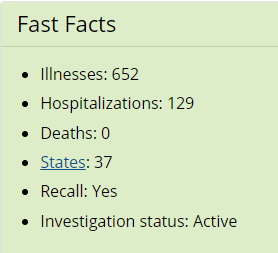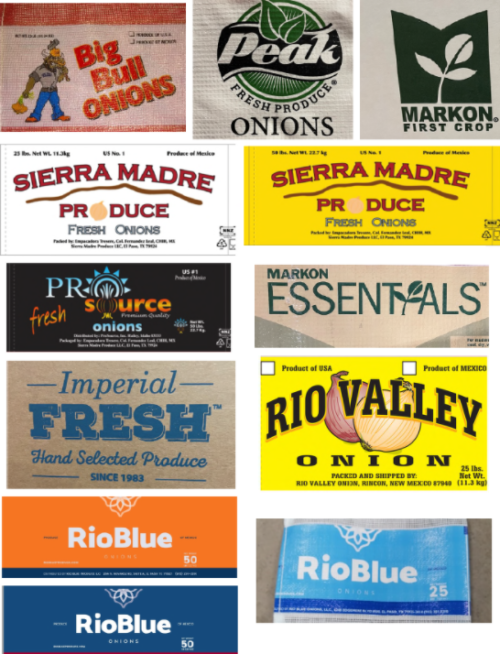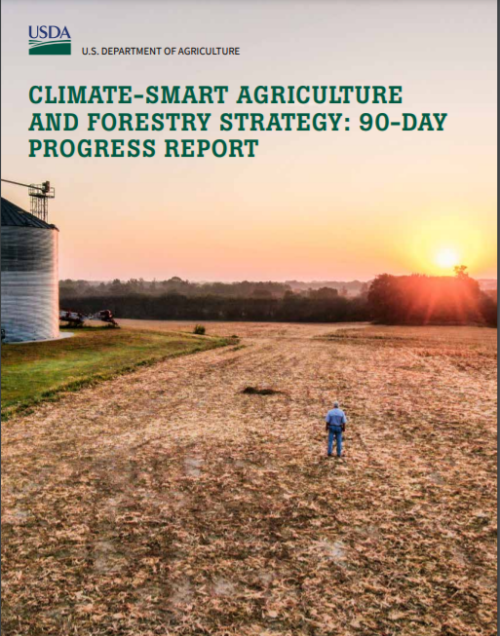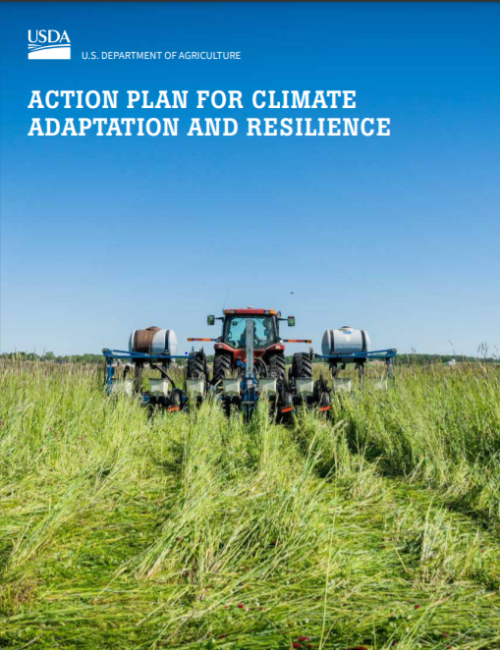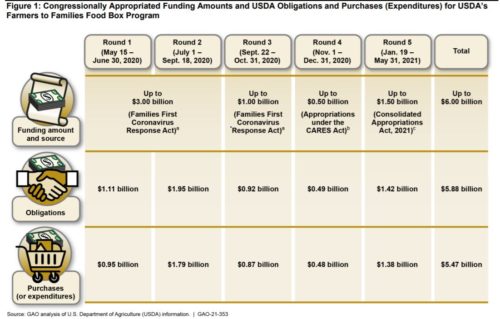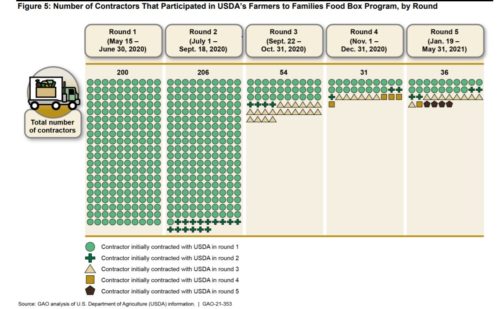USDA issues interim rules on school nutrition standards
Remember the fight over setting standards for reimbursible meals and a la carte products offered to kids in schools?
Michelle Obama’s Let’s Move! campaign set healthier standards for school foods. Although you might think that serving healthy food to kids in schools would get lots of bipartisan support (who could possibly be against it), the standards got lots of pushback (too hard to implement, kids won’t like the food, too much food waste, too much nanny state).
Some aspects of the standards—less salt and more fruits, vegetables, and whole grains—survived, but “relaxed” during the Trump administration. Recall USDA Secretary Sonny Perdue’s “Make School Meals Great Again”
That was then and this is now with pandemic-induced obesity rates rising among children, and supply chains making it hard for schools to feed kids in any way.
That has not stopped the Center for Science in the Public Interest, the American Heart Association, and the American Public Health Association from petitioning the USDA to put a limit on added sugars in school meals, to bring them into compliance with the Dietary Guidelines. By law, the USDA must have school meals follow the guidelines, but this means rulemaking, and rulemaking takes time—lots of it.
USDA has now taken Step #1: transitional standards for milk, whole grains, and salt.
- Milk: Schools and child care providers serving participants ages six and older may offer flavored low-fat (1%) milk in addition to nonfat flavored milk and nonfat or low-fat unflavored milk;
- Whole Grains: At least 80% of the grains served in school lunch and breakfast each week must be whole grain-rich; and
- Sodium: The weekly sodium limit for school lunch and breakfast will remain at the current level in SY 2022-2023. For school lunch only, there will be a 10% decrease in the limit in SY 2023-2024. This aligns with the U.S Food and Drug Administration’s recently released guidance that establishes voluntary sodium reduction targets for processed, packaged, and prepared foods in the U.S.
The next steps:
- Stakeholder briefing today: 11:45am-12:30 pm ET. Register to attend here.
- USDA will start working on standards that bring the meals into full compliance with the Dietary Guidelines.
Call for Comments: The USDA invites comments on these transitional standards and on the next steps.
- Federal eRulemaking Portal: Go to http://www.regulations.gov. Follow the online instructions for submitting comments.
- Mail: Send comments to Tina Namian, Chief, School Programs Branch, Policy and Program Development Division—4th Floor, Food and Nutrition Service, 1320 Braddock Place, Alexandria, VA 22314; telephone: 703-305-2590.
Resources
- Press release
- USDA’s website on school meals
- Federal Register: Child Nutrition Programs: Transitional Standards for Milk, Whole Grains, and Sodium
- Webpage: Building Back Better with School Meals
- Fact Sheet: Child Nutrition Programs: Transitional Standards for Milk, Whole Grains, and Sodium
- Infographic: The Road Ahead: Building Back Better with School Meals
- Infographic: Ten Reasons to Build Back Even Better with School Meals!

 And the rules have a loophole big enough to exclude lots of products from having to carry this logo: those made with highly refined GMO sugars, starches and oils made from GMO soybeans and sugar beets.
And the rules have a loophole big enough to exclude lots of products from having to carry this logo: those made with highly refined GMO sugars, starches and oils made from GMO soybeans and sugar beets.

